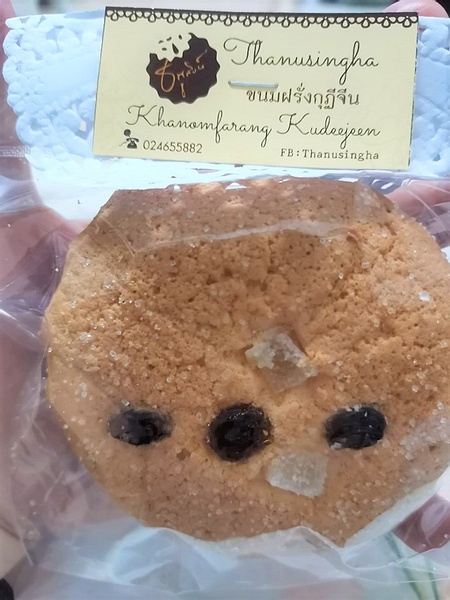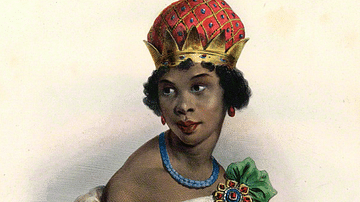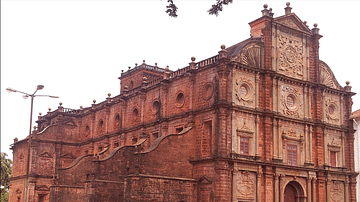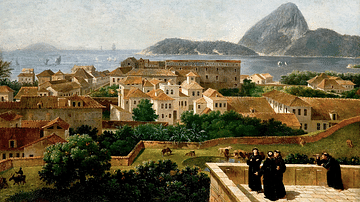Any itinerary for a visit to Bangkok, Thailand would include some of the city's must-see historical and cultural sights:
- The 24-hour flower market (Pak Khlong Talat) filled to the brim with jasmine-scented garlands, fragrant carnations, roses, orchids, and marigolds.
- Wat Pho or the Temple of the Reclining Buddha built in the 18th century CE by King Rama I (r. 1782-1809 CE) and featuring a giant Buddha covered in shiny gold leaf.
- Wat Phra Kaew or the Temple of the Emerald Buddha where a tiny jade Buddha statue sits high on a multi-tiered pedestal.
- Jim Thompson's house built by the self-made American businessman who single-handedly revived the Thai silk industry in the 1950s CE.
- Chatuchak market where over 15,000 stalls offer everything from jewellery to pet food, or MBK shopping centre with its eight floors packed with leather goods and electronics.
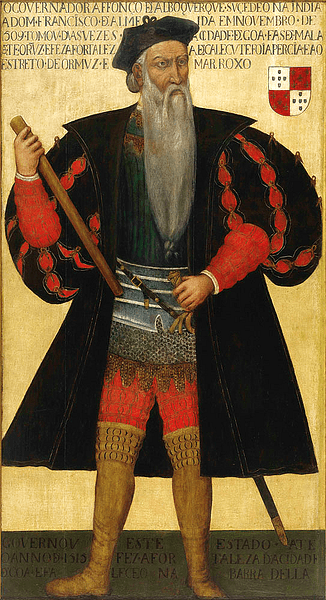
Strolling through the streets of Thonburi, on the right bank of the Chao Phraya River, you may be surprised to see the colourful Barcelos rooster - the national symbol of Portugal - proudly displayed at the entrance to the Baan Kudichin Museum, a museum dedicated to celebrating the long-standing Thai-Portuguese relationship. Along Soi Captain Bush - a side street named after the English sea captain, John Bush (1819-1905 CE) - is the oldest European embassy in Bangkok, built in 1860 CE by the Portuguese.
You will find traces of Portuguese influence in the Thai language, in Thai cuisine, and colonial architecture throughout Bangkok. These traces extend back to the time when Thailand was known as Siam, and the capital was the kingdom of Ayutthaya. What has been the extent of Portuguese influence? Let us find out.
The Portuguese Arrival in Thailand
The Portuguese were the first Europeans to make contact with Siam. They arrived in Ayutthaya in 1511 CE after capturing the port of Malacca (then known as Melaka) and sought a mutually beneficial relationship with the Thais. News of the attack on Malacca and rumours about the strength of the Portuguese military power had reached King Ramathibodi II (r. 1491-1529 CE), who may not have been entirely surprised to see a Chinese junk sail up the Chao Phraya River. Aboard was a diplomatic mission sent from Malacca by the Portuguese admiral and military commander Afonso de Albuquerque (1453-1515 CE) to justify the capture of the trading port, which was a tributary state of Siam. A Portuguese Malay-speaking tailor who had been imprisoned in Malacca was given the task of establishing friendly relations between the King of Portugal and the King of Siam.
King Ramathibodi II was presented with a golden sword in a diamond-studded sheath and a ruby ring. He accepted the Portuguese capture of Malacca, and so began a series of diplomatic and trading missions between Malacca and Ayutthaya, culminating in the signing of a trade treaty between the Portuguese envoy, Duarte Coelho Pereira (c. 1485-1554 CE), and the king of Ayutthaya. In exchange for gunpowder, muskets, and advice on military strategy to fight a war against the kingdom of Chiang Mai (northern Thailand), the Portuguese were granted land in the southern area of Ayutthaya, and the Portuguese settlement, known as Campos Portugues, had grown to over 3,000 inhabitants by the time Ayutthaya was sacked by the Burmese in 1767 CE. Craftsmen and merchants, priests and soldiers, along with Portuguese citizens and their families who wanted to settle on the fringes of the Portuguese empire in the East (known as Estado da India), had made their home on the western bank of the Chao Phraya River.
During the reign of King Chairacha (r. 1534-1546 CE), 120 Portuguese served as royal bodyguards, while others served as mercenaries in Ayutthaya's endless disputes with neighbouring countries. The Portuguese were not entirely loyal to the Thais. When the Burmese attacked Ayutthaya during the Burmese-Siamese war of 1547-1549 CE, Portuguese mercenaries in the Siamese army came under fire from fellow countrymen in a contingent of mercenaries fighting with the Burmese.
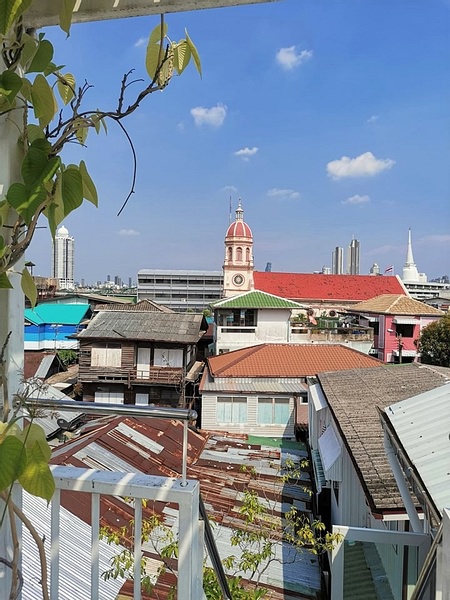
Following the fall of Ayutthaya, King Taksin (r. 1767-1782 CE) moved the capital 80 kilometres (49 mi) downstream to the garrison town of Thonburi (pronounced “Tonbury”) and declared it the new capital. Thonburi was a customs port and strategically located at a bend in the Chao Phraya River, making it defendable, and the Portuguese were given a piece of land on the bank of the river to start a new community and permission to build a Catholic church - the Santa Cruz church.
Santa Cruz Church in Kudeejeen
The Kudeejeen community in Thonburi is not on the well-beaten tourist track. It is located in the Wat Kanlaya subdistrict of Thonburi, and the people who live there today are predominantly a mix of Thai Catholics, Muslims, and Buddhists. Portuguese heritage can be seen in the facial features of the Thais who live in Kudeejeen (also known as Baan Kudichin), and walking down the streets and narrow soi (laneways) towards the cream-coloured Santa Cruz church, one of the oldest Catholic churches in Bangkok, you may catch a glimpse of Portuguese azulejos (traditional glazed ceramic tiles) and Christian crosses in the entryways and open doorways of the neighbourhood's squat houses.
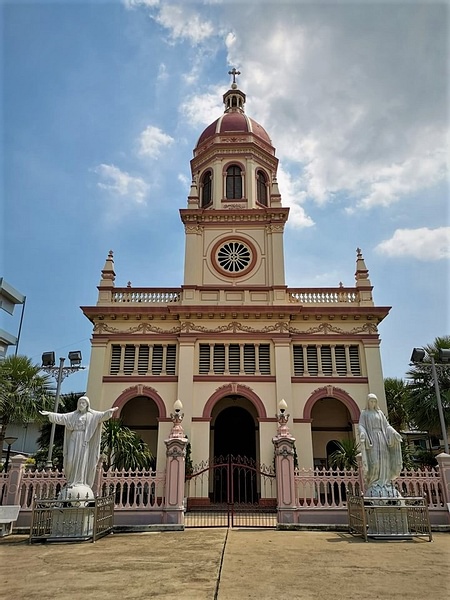
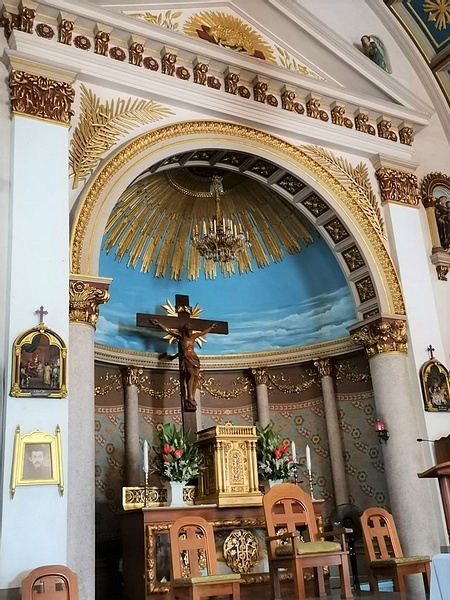
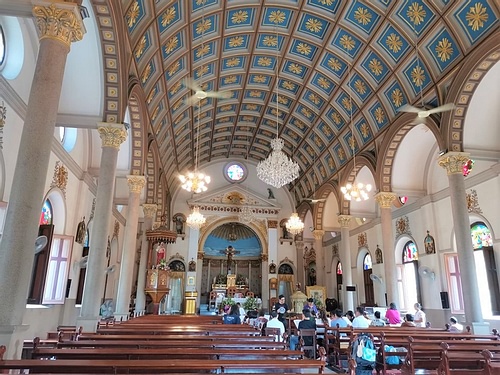
►DID YOU KNOW?
Should you visit Kudeejeen, you may hear about Phi Hua Phrik (Chilli Head Ghost). Like many cultures around the world, Thai culture is soaked in superstition. Spirit houses are often placed in the gardens of family homes, and offerings are made to the ghosts believed to be on the property to keep them happy. It was a common belief in the Kudeejeen community that if children did not return home when the Santa Cruz church bells rang at 6.00 pm every evening, the friendly ghost of Phi Hua Phrik would kidnap any recalcitrant children and play with them until he was bored. A Phi Hua Phrik doll can be seen at the Baan Kudichin Museum.
Baan Kudichin Museum
Tucked down an alleyway in Kudeejeen is the Baan Kudichin Museum, an elegant two-storey, colonial-style building that was the former home of a Catholic family. It celebrates the friendship between Thailand and Portugal and preserves furniture and historical artefacts from Thai-Portuguese homes that once existed in the neighbourhood. There is a cafe on the ground floor inside the museum (with colourful azulejos) where you can try Sappayak Bun - a traditional Portuguese savoury bun sprinkled with tamarind and stuffed with potato, chilli, and minced pork. It is cooked over a tao or old-style charcoal burner.
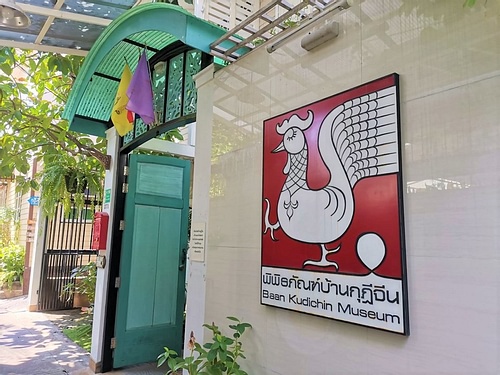
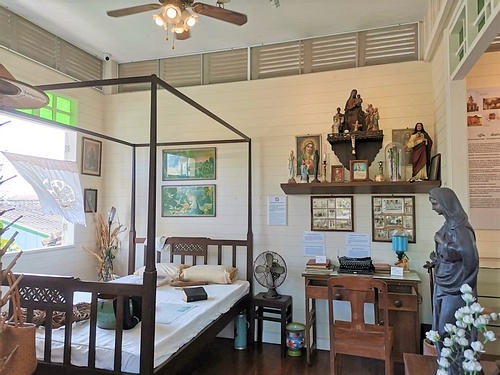
►DID YOU KNOW?
At the Baan Kudichin Museum, you will see plastic models of the food and plants the Portuguese introduced to Thailand. Did you know they introduced sweet potato from Brazil, as well as cassava, papaya, pineapple, sunflowers, cashew nuts, and chillies?
On the wall at the entrance to the museum and inside the cafe, you will also see the famous Portuguese rooster. As with so many folktales handed down through generations, the legend of the Rooster of Barcelos (Galo de Barcelos) changes according to who is telling it, but the common theme is that a pilgrim from the Spanish province of Galiza was passing through Barcelos in north-west Portugal some time in the 15th century CE.
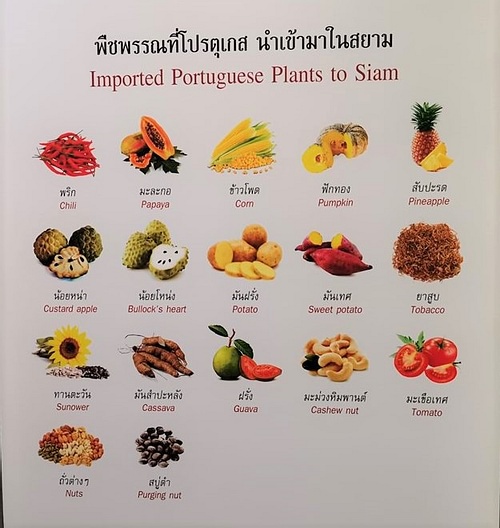
The Conception Community
North of the Kudeejeen neighbourhood is another area where Portuguese traders were granted land by a Thai king. In 1674 CE, King Narai the Great (r. 1656-1688 CE) allowed a church to be built on his private land in what is now Samsen Road in the Dusit district. The Ayutthaya king was welcoming of missionaries, both Portuguese and French, and promoted religious freedom. The Church of Immaculate Conception (also known as Wat Khamen) that can be visited today was built in the Neo-Romanesque style in 1847 CE and is thought to be the oldest church in Thailand.
Over the centuries the original wooden church, which was destroyed when the Burmese attacked Ayutthaya in 1767 CE, was rebuilt several times and, in 1785 CE, it became a spiritual shelter for Khmer refugees fleeing civil war in Cambodia. In 1832 CE, the church also sheltered Vietnamese who left their country because of religious persecution. The Vietnamese helped to expand the church and joined the Portuguese congregation, earning the Church of Immaculate Conception another name - Bot Buan Yuan (Vietnamese Village Church).
The 1847 CE reconstruction was supervised by the influential French missionary, Monsignor Pallegoix (1805-1862 CE), who taught Latin to Prince Mongkut (1804-1868 CE). The young prince ascended the throne in 1851 CE as King Rama IV (r. 1851-1868 CE). One of the original versions of this church, called Little Church or Wat Noi, could be the older building that is behind the current church.

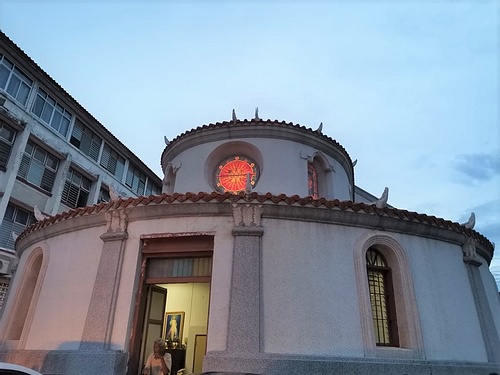
►DID YOU KNOW?
The Portuguese language has influenced some of the words in modern-day Thai. The Thai word for bread - pang - comes from the Portuguese word pão. Words adopted from a foreign language are known as loan or borrowed words. Soap is another example. It is sapao in Portuguese and saboo in Thai.
Many Thai egg-based desserts are closely related to Portuguese delicacies. Fios de ovos is a traditional Portuguese sweet also known as angel hair and is made from egg yolks drawn into thin strands like pasta and then boiled in a sugary syrup. In Thailand, you will see basically the same dish - Foi Thong - golden egg yolks drizzled into sugary water to create a long, sweet golden string.
How to Get There
To visit the Portuguese village at the Ayutthaya Historical Park, which is located at the southern end of the park in Tambon Samphao Lom, travel from Bangkok by riverboat, mini-bus or car, but the train is the most scenic and relaxing way to travel to Ayutthaya. Trains depart regularly from Bangkok's Hualamphong station. Entrance to the park is free.
To get to the Kudeejeen neighbourhood, Santa Cruz church, and Baan Kudichin Museum, take the Chao Phraya River express boat. Get off at Memorial Bridge and walk across to the Thonburi side. Look up and you will see the Santa Cruz church rising high above the rooftops. The opening hours for the museum are here. Admission is free but a donation is always appreciated.
You can reach the Church of the Immaculate Conception by taxi from BTS Victory Monument or by the Chao Phraya express, alighting at Thewet Pier and then turning left into Samsen Road and left again into Samsen Soi 9.
